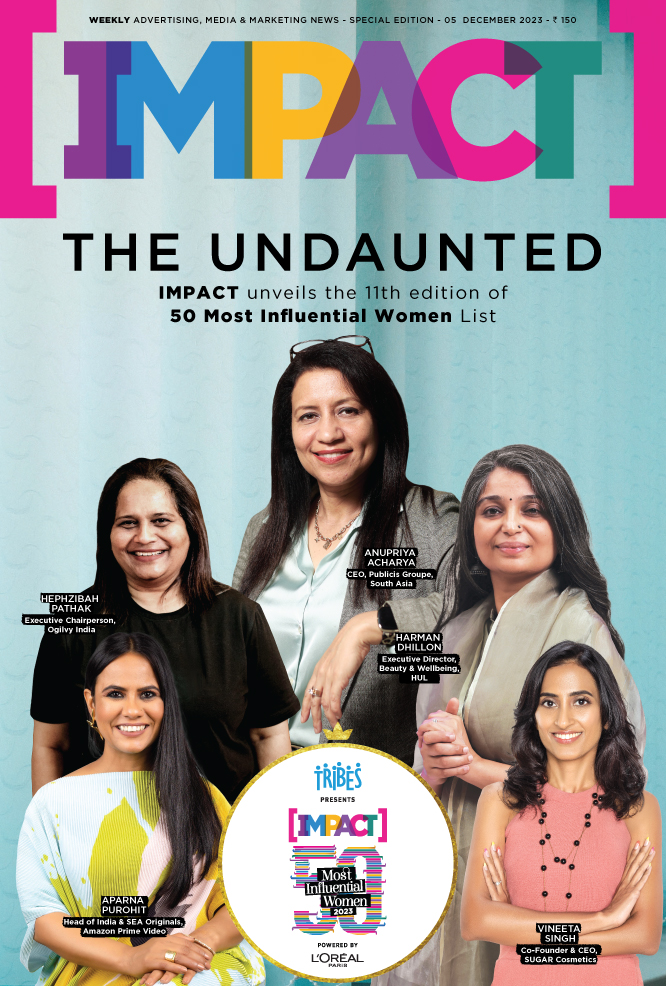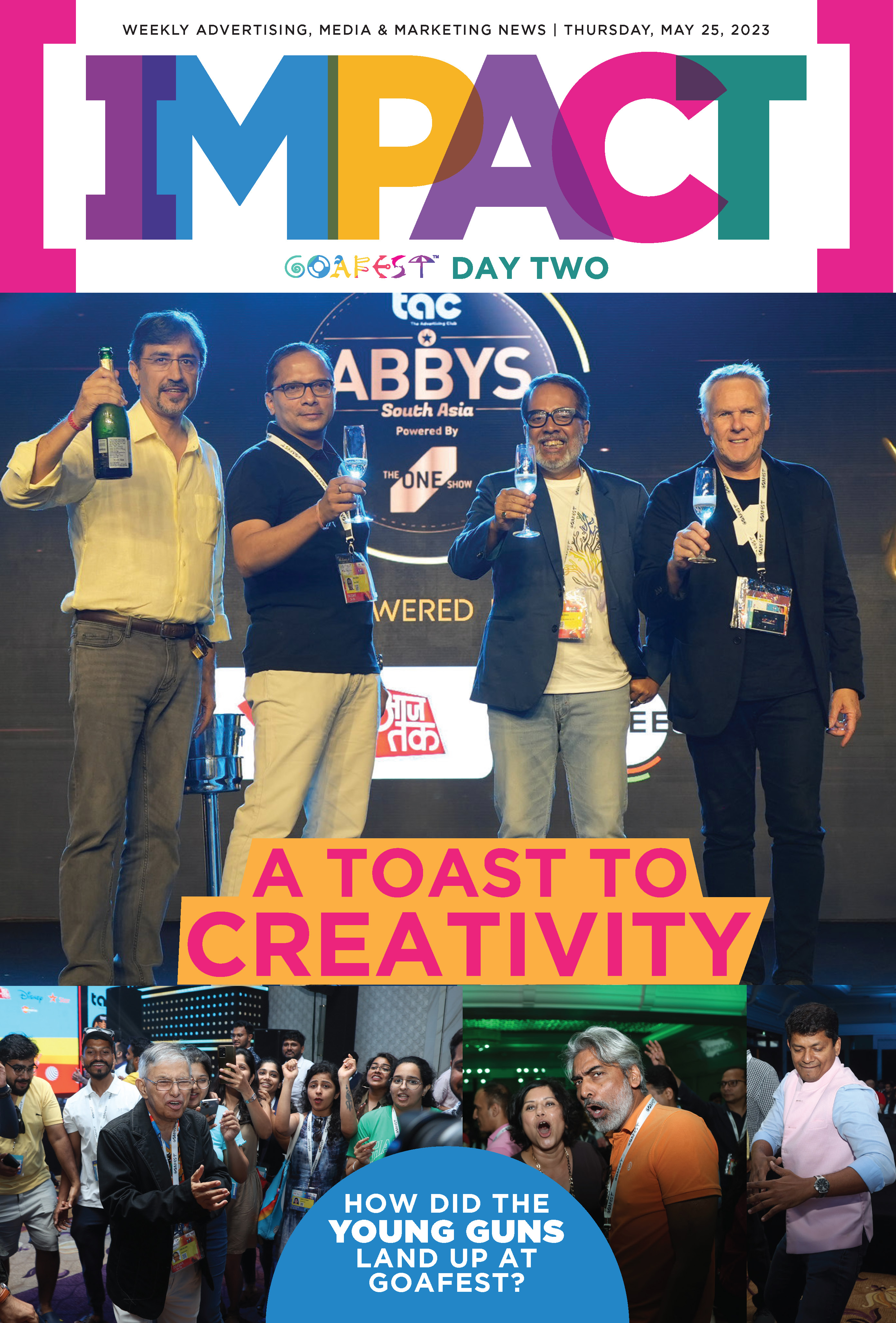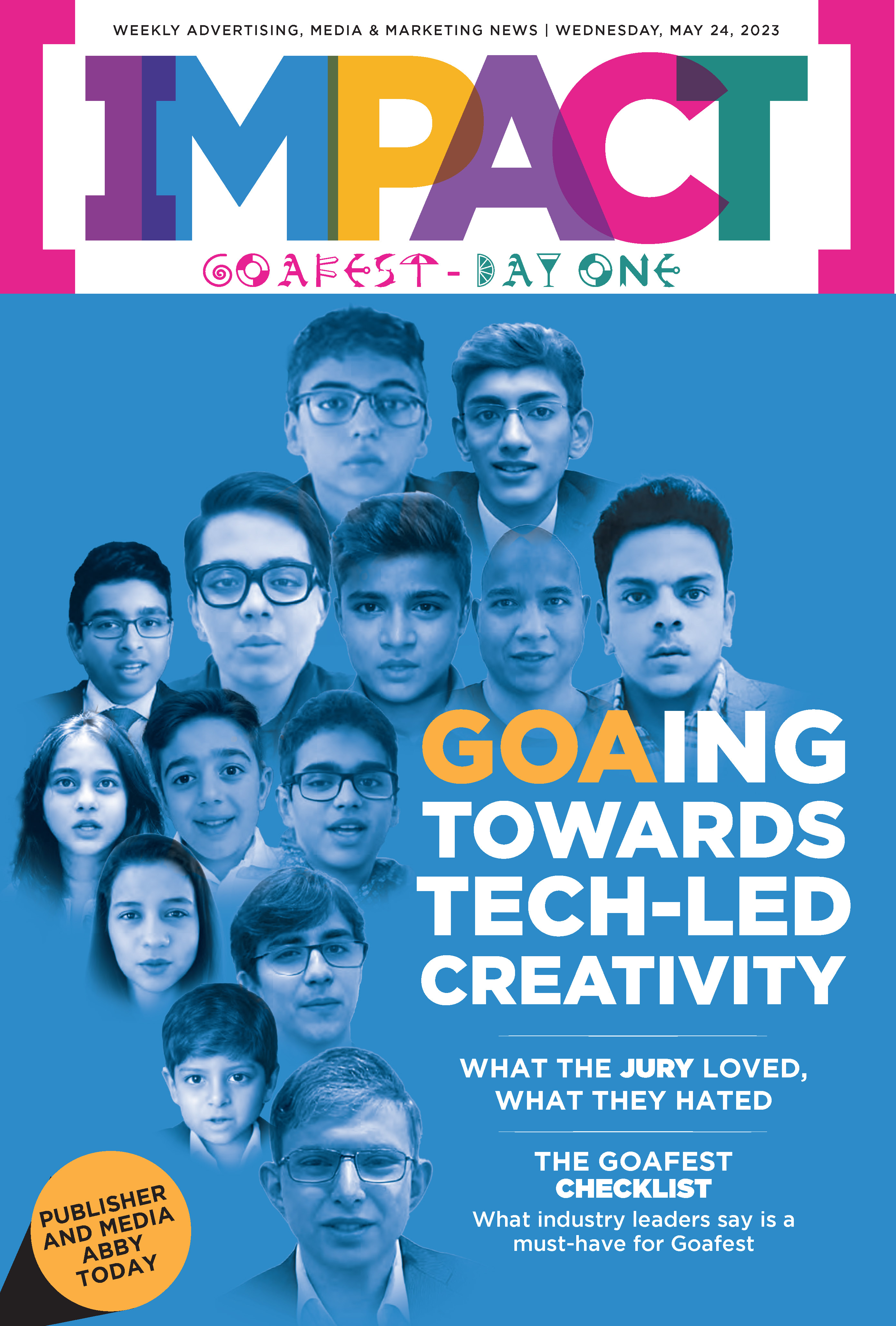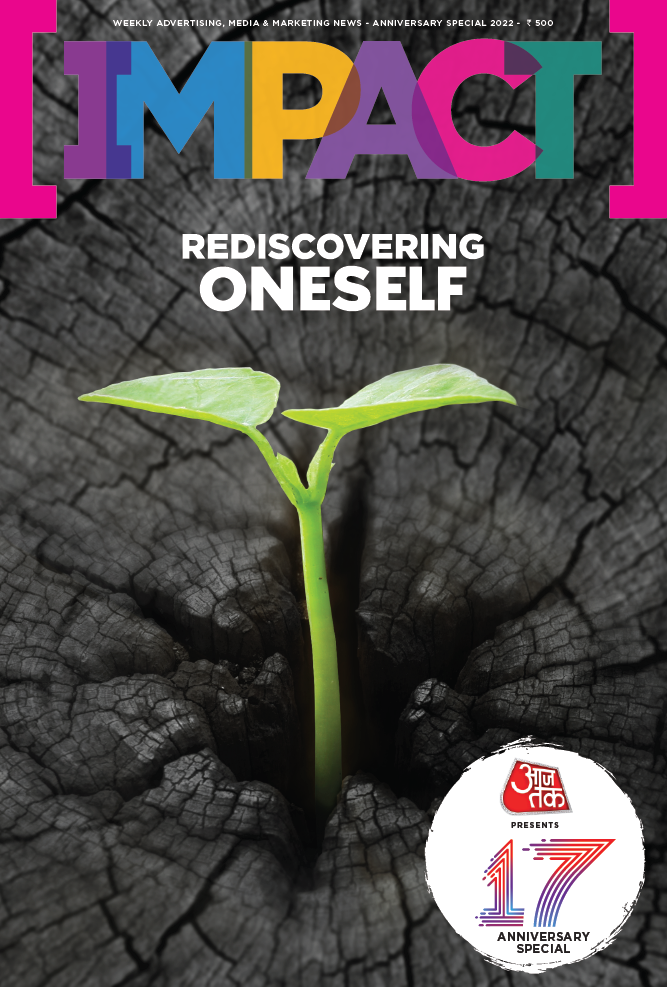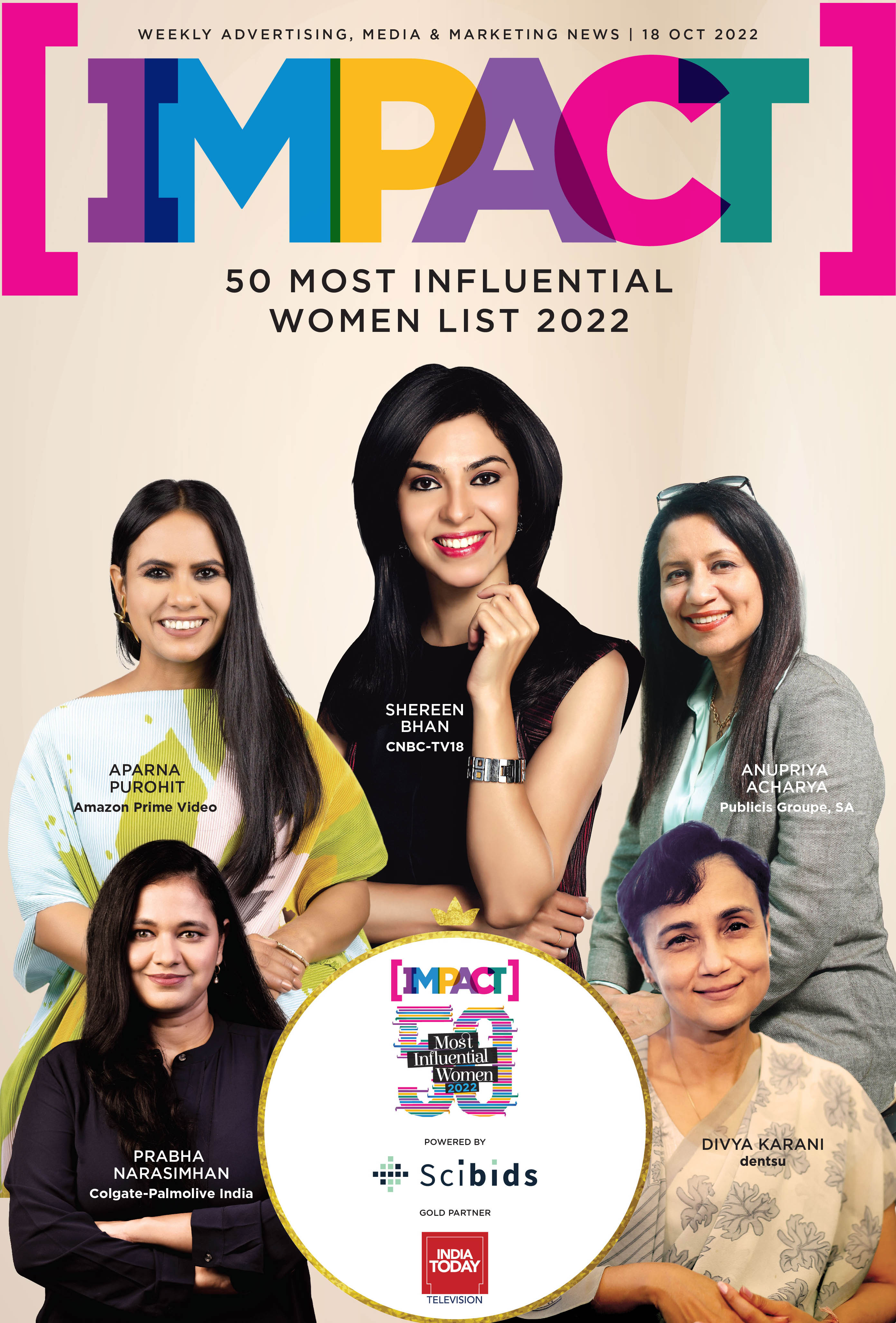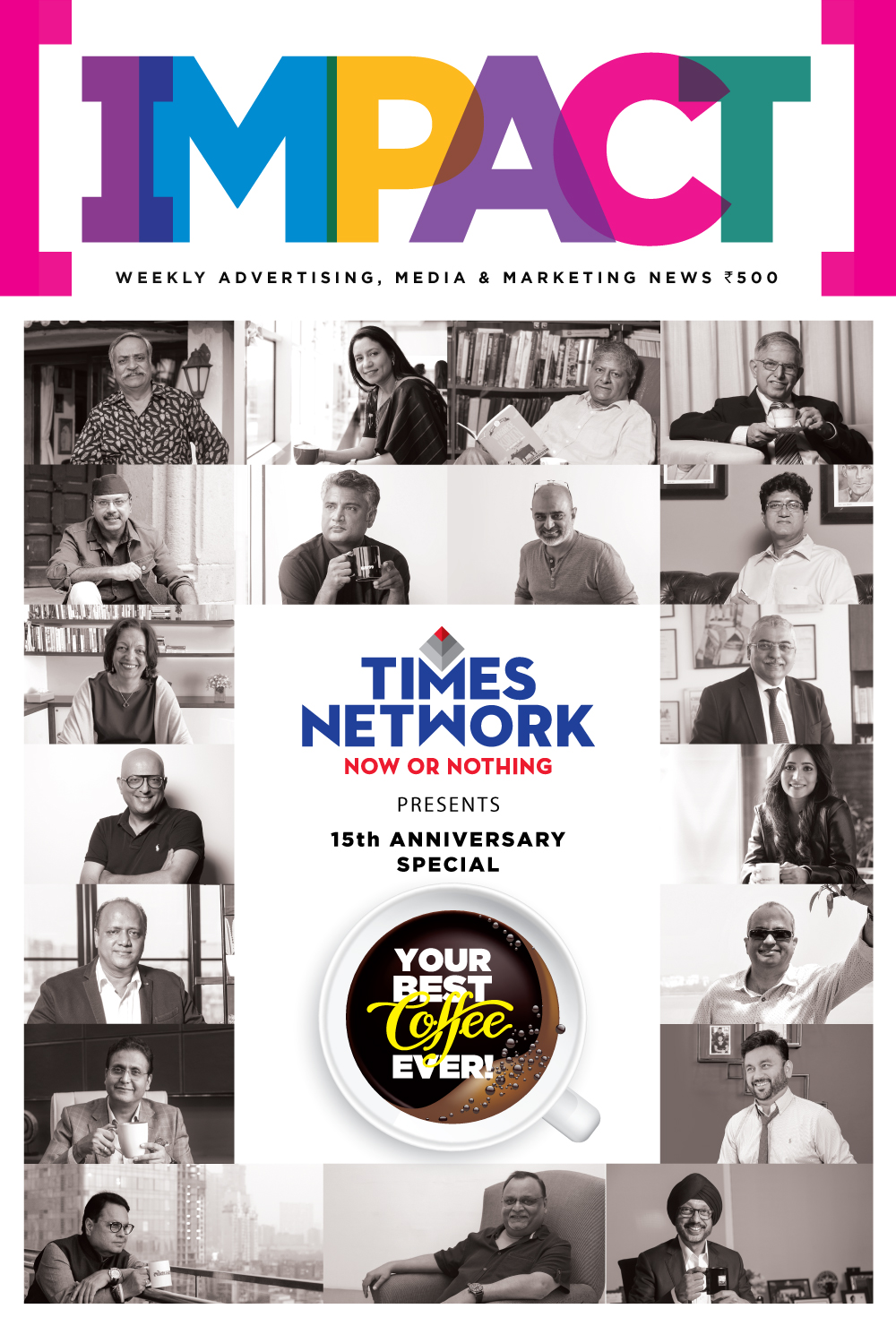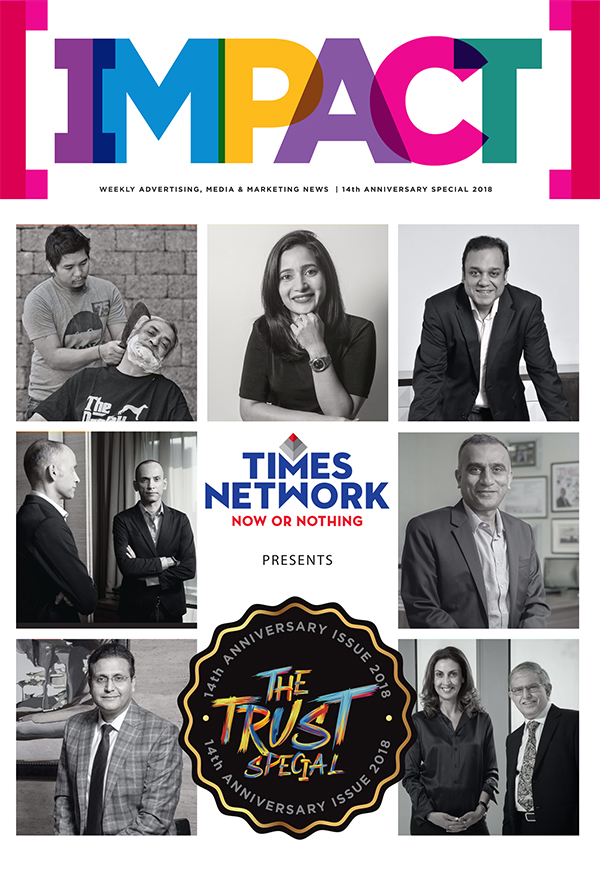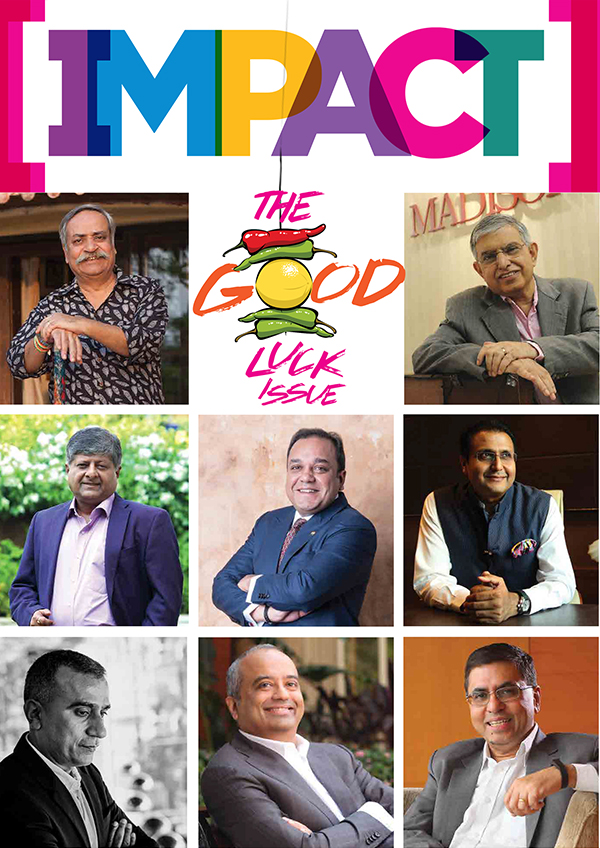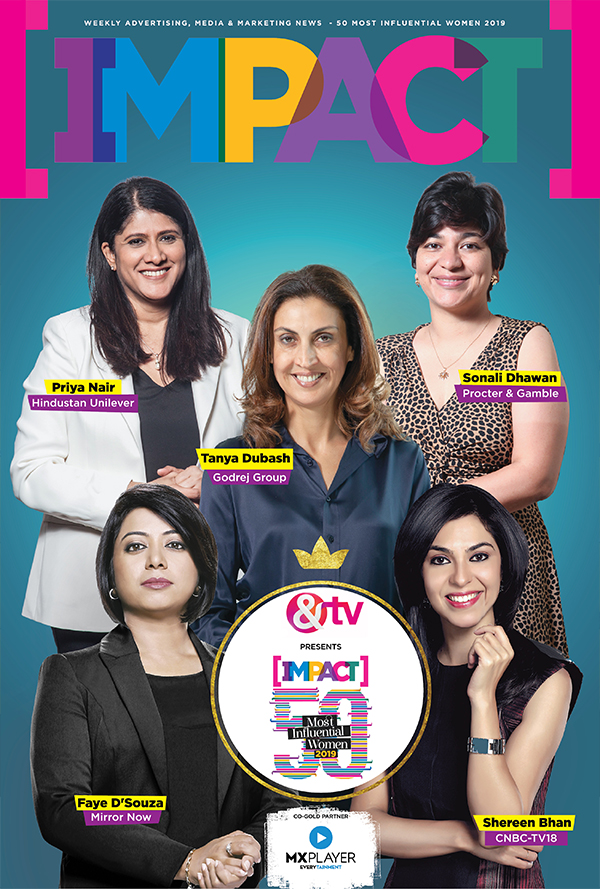Q] How rapidly is the sleep mattress category growing in India?
There’s no definite number which I can quote, but there are various industry reports which give us a sense of how big the category is. To give you broad numbers, we estimate the category to be valued at approximately Rs 20,000 crore annually. And out of this, roughly 60-65% is still unorganised. When I say unorganised, the cotton gadda mattresses and, the cottage industry mattresses, are the ones which still seem to be the largest segment. Only about 30-35% is the organised mattress category, which we are a part of. And that’s, of course, growing faster. With rising incomes and the country modernising and urbanising faster, we expect the organised mattress industry to grow at a significantly higher rate.
Q] What mindset shift did you drive internally to make the marketing culture on this category conversation-worthy?
I wouldn’t call it a journey; rather, it has been embedded in the DNA of this organisation for quite some time. This has largely been a functional category, not a very emotional or engaging one for consumers. People usually discuss or hear about it, or talk to friends and family, only when they are in need of it.
But let’s pause and look at this more closely. Around 60% of the country gets only six hours of sleep a day, while doctors recommend seven to nine. In other words, we are a sleep-deprived nation. Yet, even among those aware of the problem, 40% still struggle to get adequate rest. Put these two insights together, and sleep becomes an unexpectedly engaging category. The real opportunity lies in brands learning to have conversations with consumers, rather than simply talking to them.
Q] Duroflex has come up with a campaign, ‘The SIT Games Challenge’. What was your reason for deciding on an unconventional idea like this?
What we launched was under a brand called Sleepyhead. To give you some context, 74% of Gen Z spends about six hours a day watching screens. Now, if you’re watching a screen for six hours a day, you’re largely sitting—you might be lying down or sitting. So, out of the 12 hours you’re awake, 50% of the time you’re sitting. This makes seating solutions highly relevant to our category.
Sleepyhead as a brand is meant to appeal to younger consumers. That’s why we thought—if they love to sit, why not engage with them on a level where we actually reward them for sitting on a recliner for six hours? So we launched this campaign in our Sleepyhead store in Bangalore, and we received thousands of entries from people willing to participate.
They had to do only one thing: sit on the recliner for six hours without getting up. The winner received a cash prize of one lakh rupees. Now, if you think about it from a brand perspective, Sleepyhead is one of the leading recliner brands in the country. What better way to connect with our consumers than by making them engage directly with my product? And as I said, the campaign got close to half a million eyeballs in Bangalore city during this period, which speaks for itself.

Q] For the ‘Straight Isn’t The Default’ campaign, how did you walk the line between being progressive and performative while crafting the campaign ideas?
Right from the beginning, as is the case with all marketing and product development teams, you identify culturally relevant moments when you can genuinely connect with consumers. With this particular idea, the team was very excited. We all felt it made sense because, as a group, Sleepyhead is very inclusive. When the idea came in, we deliberated. We looked at international examples and explored similar work done in India in the past. All it needed was a strong product concept, aligned communication, and parallel development of both.
One of our greatest strengths as an organisation is our speed of execution. A concept discussed today can be brought to life in nearly 75 stores across India within about a month. That’s the agility and strength we have, thanks to our widespread distribution network, our own manufacturing facilities, and our ability to design and develop our own products, whether mattresses, sofas, recliners, or any other category we operate in.
Q] How are you working to capture demand in Tier-2 and Tier-3 markets where sometimes brand affinity is lower and people mostly prefer local brands?
Today, Duroflex products are available in over 5,000 stores across India. That’s the strength of our distribution network.
Our portfolio of brands spans the price pyramid. Duroflex occupies the premium and super-premium segments. Sleepyhead appeals to a younger consumer cohort with different needs at the mid-price point. We are also omnichannel. By this, I mean around 10,000 points of sale, including about 75 of our own experience centres across the country, plus a thriving e-commerce business through our website and major marketplaces. E-commerce growth is strong, and our physical distribution continues to expand into tier 2 and tier 3 cities.
As for trust, our 62-year heritage gives consumers confidence in our products. This is a category where word-of-mouth plays a huge role. And then there’s Virat, who is a huge asset to our family brand association. He helps us reach even those consumers who may not know Duroflex but know him. The fact that Virat genuinely uses Duroflex products in his own life reinforces trust and strengthens our connection with consumers.
Q] What are your marketing bets for this year’s festive season?
The festive season is, of course, a big period for the sleep and comfort solutions category for multiple reasons. We kicked off our celebrations days ago, beginning with Onam. Our brand was born in Alleppey, Kerala, so that’s our home state, as we always say.
For any festival, two things are core to us as a team. First is being relevant to consumers in terms of product and price. Second is supporting not only our direct sales channels but also our trade partners. These two priorities shape the products we introduce into the category.
Recently, we launched a new product called Duroflex Energise, starting in Kerala. We believe this product will transform the spring mattress category in India. It features a premium fabric construction with what we call 4D technology, cool to the touch, ensuring a comfortable and refreshing sleep throughout the night. This is especially valuable in places like Kerala, where humidity and temperatures are high.
Q] What are the future plans for both Duroflex and Sleepyhead?
What we are doing right now is expanding our category play in furniture beyond mattresses, and we will continue to do so. We will keep innovating our products to make them even more relevant to consumers, and that journey will remain ongoing. At the same time, we are focused on staying relevant in terms of engagement and conversations with consumers, and we plan to amplify those efforts.
PROFILE
Ullas Vijay is the CMO of Duroflex Group. He is a seasoned marketing professional with over 15 years of experience in managing large brands across lifestyle, fashion, sports and food categories. He has led teams in building and revitalising brands across retail and FMCG. He has spearheaded new category development, brand extensions, and new product development for various brands by understanding gaps, consumer insights and product-brand fit.
ABOUT THE BRAND
Duroflex is an India-based sleep and comfort solutions brand that offers a wide range of premium mattresses, sofas, recliners and sleep accessories. With 60+ years of experience and rigorous innovation, the brand has introduced research-backed and technology-led sleep solutions.












